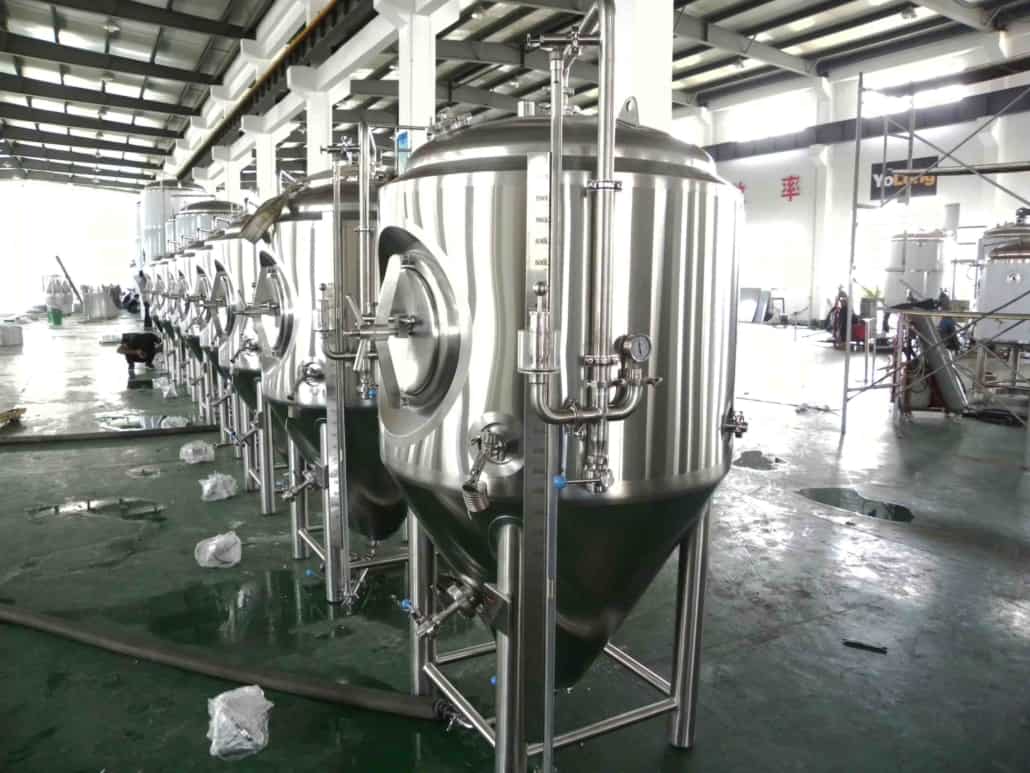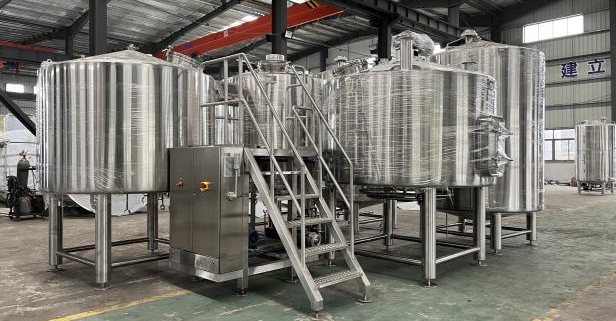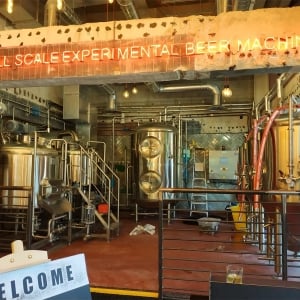Nano Brewery Equipment Guide
Homebrewing beer on a nano scale opens up the ability for specialty craft brewers to experiment with unique ingredients and flavors on a small production system before potentially scaling up to larger commercial brewing. Setting up a 1-3 barrel nano brewhouse allows creative freedom without major capital investment. nano brewery equipment guide covers key considerations for designing and operating a nano brewery.
Nano Brewery Equipment Types
The core components of a nano brewhouse include:
| Equipment | Description |
|---|---|
| Mash Tun | Converts mashed grain starches to fermentable sugars |
| Lauter Tun | Separates sweet wort from spent grain |
| Brew Kettle | Boils wort with hops for aroma/bitterness |
| Fermenter | Ferments sweet wort into beer |
| Brite Tank | Carbonates/clears beer before serving |
| Glycol Chiller | Cools wort quickly for pitching yeast |
| Piping | Transfers liquids between vessels |
| Control Panel | Manual or automated temperature/timing control |
Additional equipment may include:
- Grist Case – Holds/feeds grain
- Mill – Crushes malt kernel
- Whirlpool Unit – Settles hops/coagulants
- Heat Exchanger – Cools hot wort quickly
- Air Compressor – Pressurizes fermenters
- Filter – Clarifies/sterilizes beer
- Kegs – Serves final product

nano brewery equipment Sizing Considerations
When designing a nano brewery, key factors determining equipment size and layout include:
| Parameter | Typical Ranges |
|---|---|
| Batch Size | 1-3 barrel (BBL) = 31-93 gallons |
| Annual Production | ~100-500 BBLs |
| Tasting Room Size | 50-150 person capacity |
| Facility Footprint | 500-1500 sq ft |
| Boil Kettle Size | 3-5 BBL |
| Fermentation Tanks | 3-5 units at 3 BBL |
| Brite Tanks | 1-3 units at 3 BBL |
| Glycol Chiller Size | 5-10 horsepower |
| Electrical Supply | 15-30 kW, 220-480 V |
Layout Options
Standard nano brewhouse configurations include:
- Linear – Equipment in row
- L-shape – Efficiency footprint
- Cluster – Grouped vessels
- Multi-level – Save floorspace
Customization
While 1-3 BBL nano systems are available turnkey, customization allows:
- Unique vessel shapes/sizes
- Specialized equipment like open fermenters
- Match brewery design aesthetic
nano brewery equipment Suppliers & Pricing
| Company | 1 BBL System Price | 3 BBL Turnkey Price |
|---|---|---|
| Premier Stainless | $35,000 | $85,000 |
| Stout Tanks | $45,000 | $130,000 |
| JV Northwest | $55,000 | $150,000 |
| Specific Mechanical | $60,000 | $175,000 |
Installation & Operation Guidance
Key considerations for installing and operating a nano brewhouse:
| Phase | Actions |
|---|---|
| Installation | Floor drainage, glycol/steam lines, electrical, plumbing, ventilation, safety equipment |
| Initial Brews | Recipe development, water chemistry adjustment, fermentation tracking, quality control |
| Ongoing Production | Cleaning/sanitation SOPs, lab testing, record keeping, yeast propagation |
| Maintenance | Gaskets, o-rings, pumps, seals, valves, glycol |
| Troubleshooting | Off-flavors, contamination, consistency issues |
Selecting nano brewery equipment Suppliers
Criteria to evaluate vendors for nano brewery equipment:
| Parameter | Considerations |
|---|---|
| Reputation | Years in business, client references/testimonials, professional affiliations |
| Experience | Expertise with nano systems specifically, number of systems installed successfully |
| Offerings | Range of standard and customizable equipment available |
| Design Services | Ability to spec brewhouse technology, facility layout, size for needs |
| Lead Times | Production schedule, site readiness requirements |
| Customer Support | Installation support, operator training, troubleshooting assistance |
| Terms | Deposits/payment timing flexibility, warranties |
Comparing Nano Brewery Options
| Pros | Cons |
|---|---|
| Lower capital investment than large brewery | Limited production volume based on system size |
| Creative flexibility for recipe innovation | More manual labor intensive than automated brewhouse |
| Intimate tasting room experience | Restricted distribution reach initially |
| Build local customer community | Scaling challenges if demand exceeds capacity |
| Ideal for specialty ingredients | Stiff competition among craft breweries |







